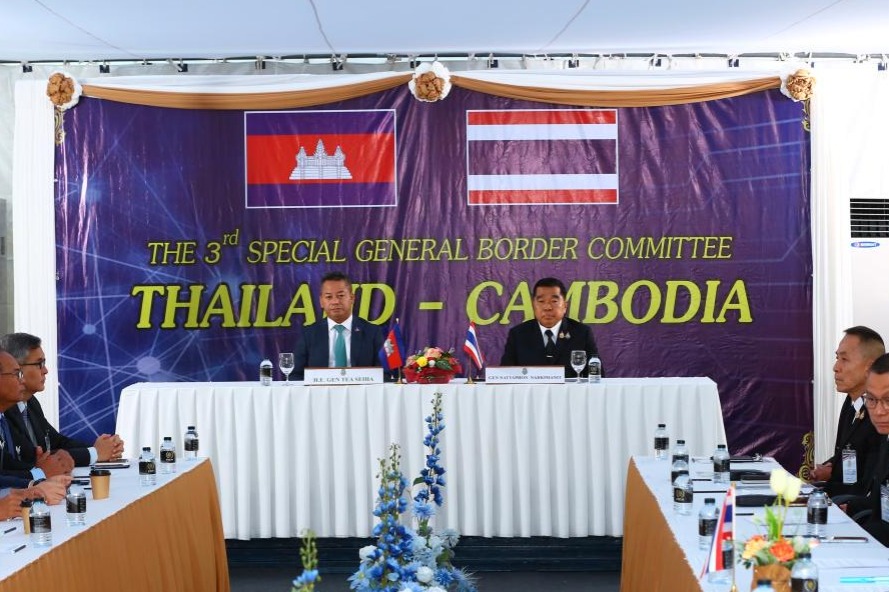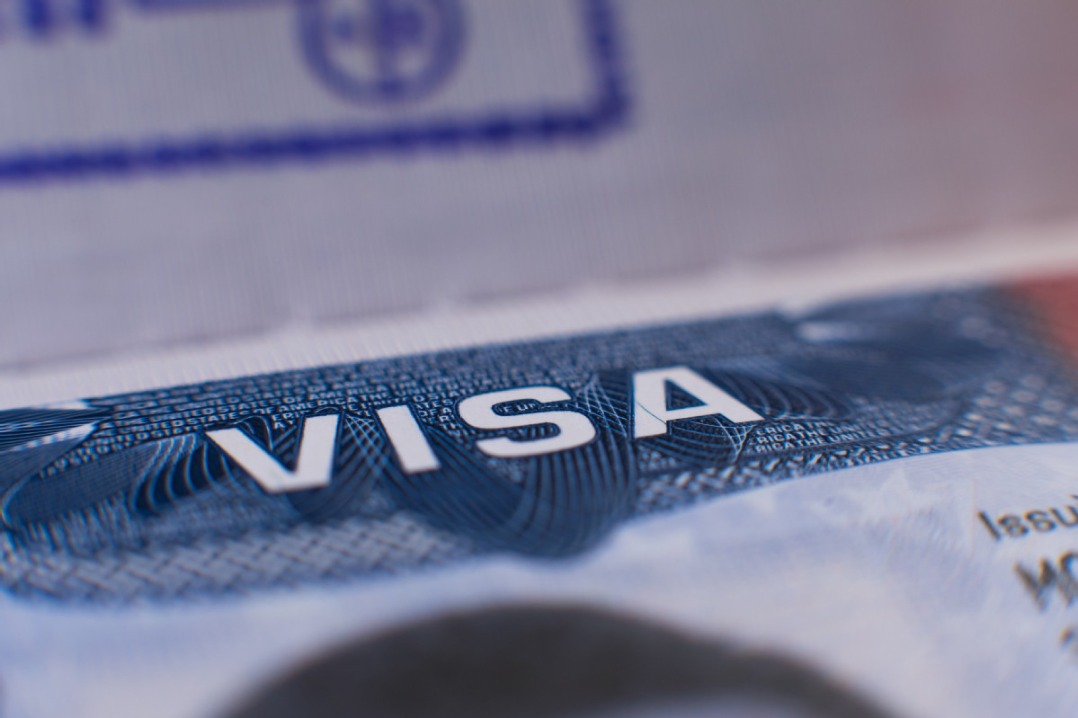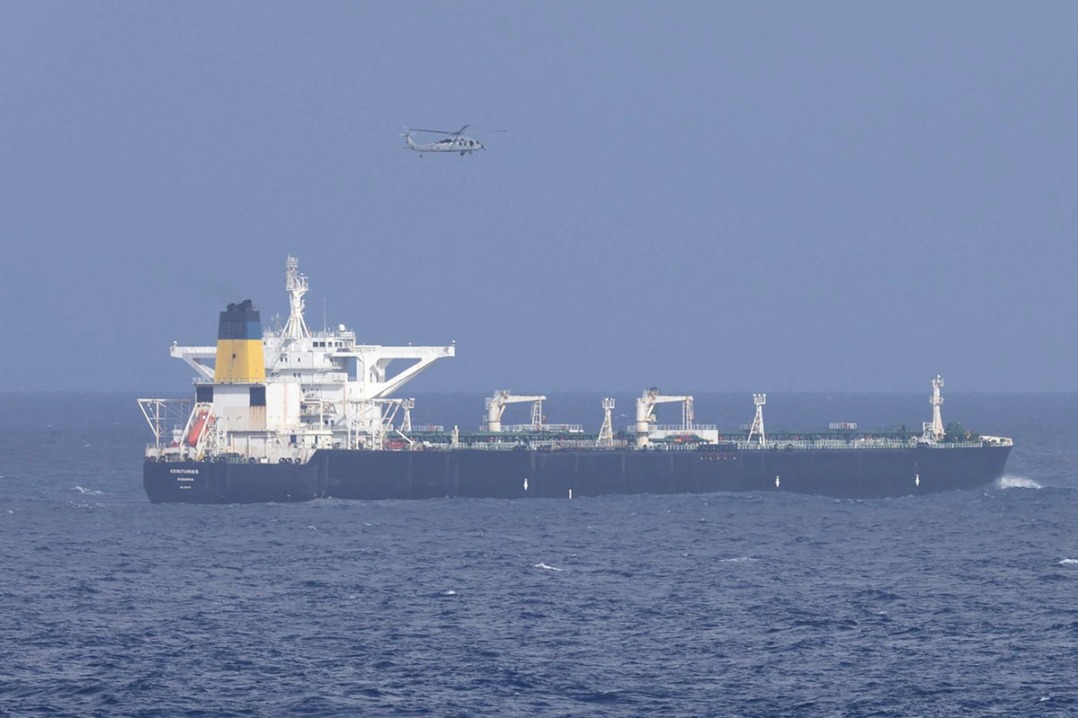Belt, Road enhances regional benefit of Beijing-Bangkok ties


The synergy of the Belt and Road Initiative and Thailand 4.0 development program can help improve regional interconnectivity, accelerate economic growth and bring tangible benefits to people in East Asia, experts from China and Thailand said at a forum on Friday.
The first Sino-Thai Joint Think Tank Forum, held in Beijing by the Chinese Academy of Social Sciences, included over 80 academics and officials from the two countries. They explored models for synergy between the China-proposed initiative and Thailand's development program.
The innovation-driven Thailand 4.0 development program is highly consistent with the aims and goals of the Belt and Road Initiative, said Gao Peiyong, vice-president of the Chinese Academy of Social Sciences.
Both countries have a significant need to boost linkages with other countries and promote industrial upgrading, Gao said. He named infrastructure, telecommunications, digital economy, energy and internet technology as the five key areas for the bilateral cooperation in the next five years.
Thailand 4.0 is a strategy put forward by Prime Minister Prayut Chan-o-cha's government in 2016, aiming to transform Thailand into an economy driven by innovation and technologies.
The strategy's flagship project is the Eastern Economic Corridor, a special economic zone set up in three southeastern Thai provinces to develop high-valued industries.
General Surasit Thanadtang, director of the Thai-Chinese Strategic Research Center at the National Research Council of Thailand, said the corridor project could benefit China, Thailand and the rest of Southeast Asia.
Thanadtang said the project aims to make Thailand a regional center for aircraft maintenance as part of a $5.7 billion upgrading of U-Tapao International Airport, serving the cities of Rayong and Pattaya cities along the coast.
The increased terminal capacity would help cope with the influx of tourists, given that China is not only Thailand's major trade and investment partner but also the largest source of tourists.
Apart from the airport, the EEC project also calls for investment in high-speed rail, smart cities and industry development, where Thanadtang said the Belt and Road Initiative can be of help.
Joe Horn-Phathanothai, founder and CEO of advisory firm Strategy613, said the initiative is expected to heavily favor Southeast Asia due to its large market, proximity and cultural ties.
"As neighboring countries, China and Thailand are close partners and reliable friends. The two countries have established a comprehensive strategic cooperative partnership and strengthened cooperation in multiple areas such as agriculture, railway connectivity and trade," he said.
In addition to helping Thailand build needed infrastructure, the synergy between the initiative and Thailand 4.0 would help transform Thailand into a key logistics hub between Southeast Asia and China, he said.

































